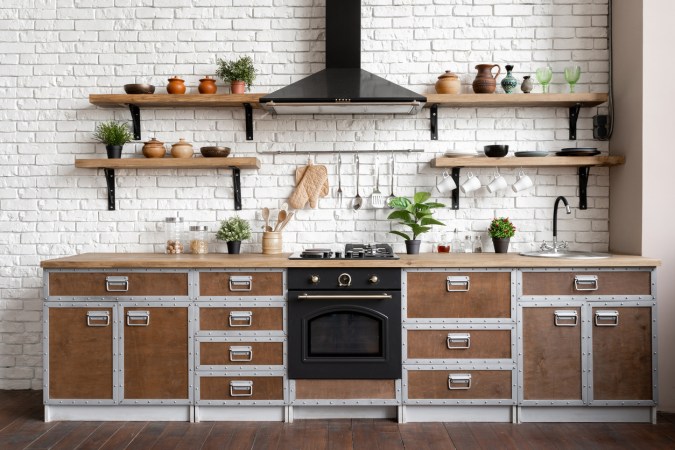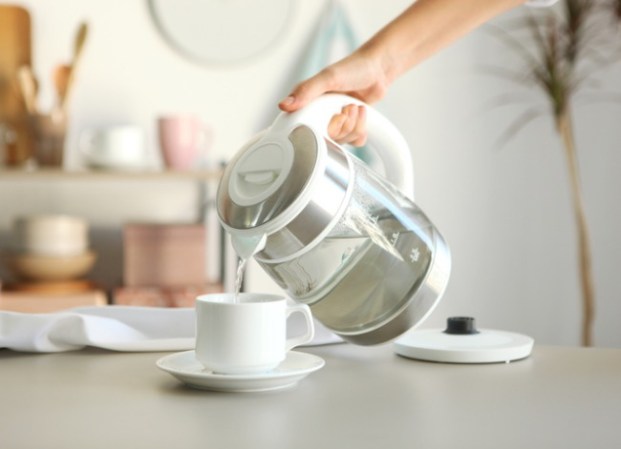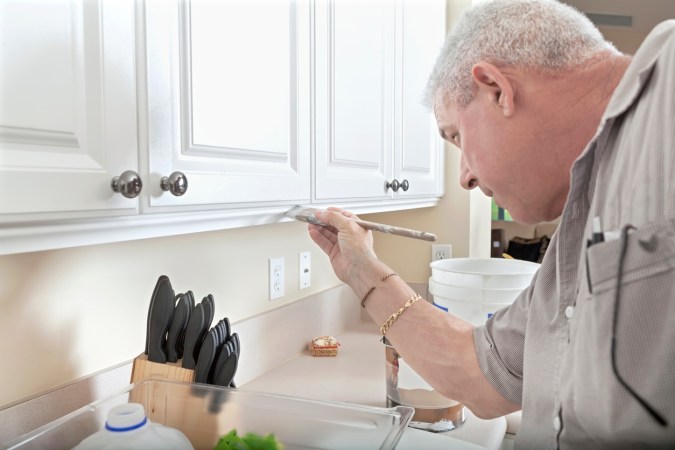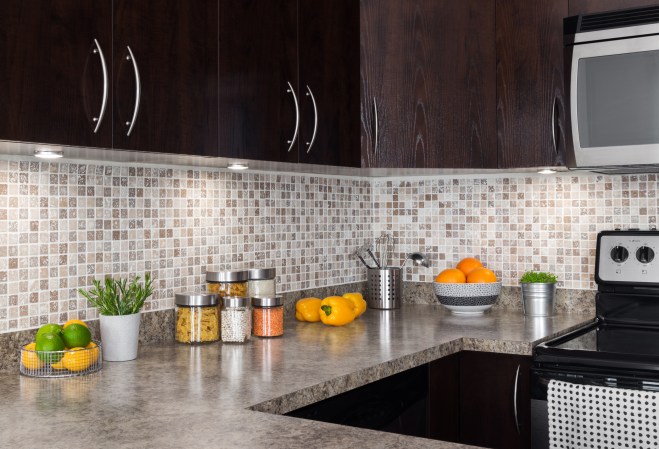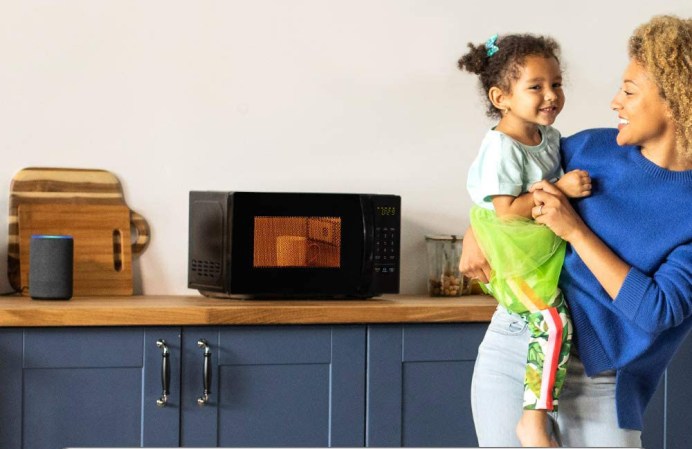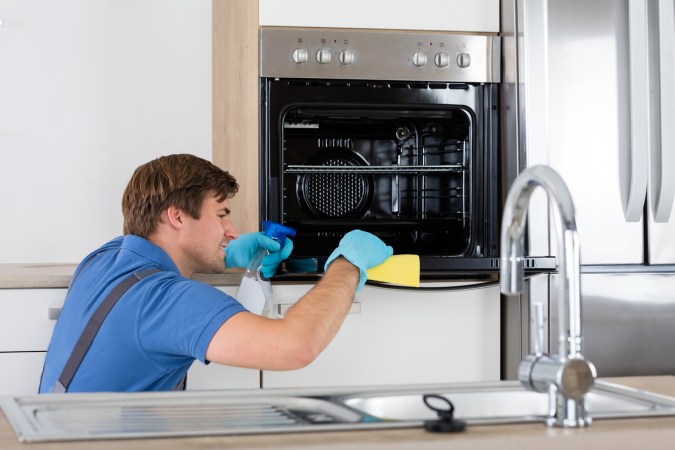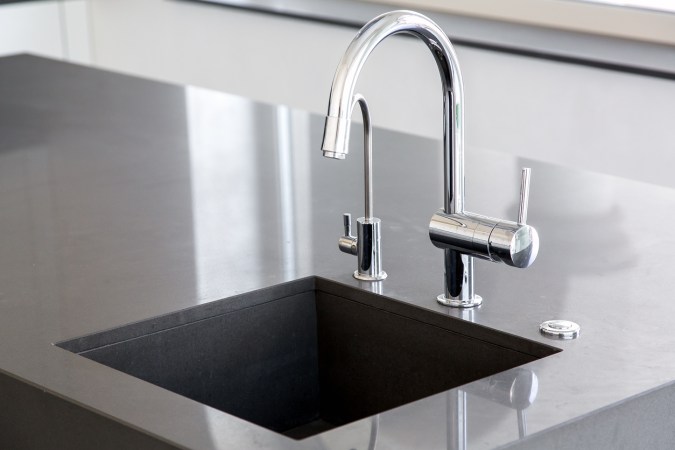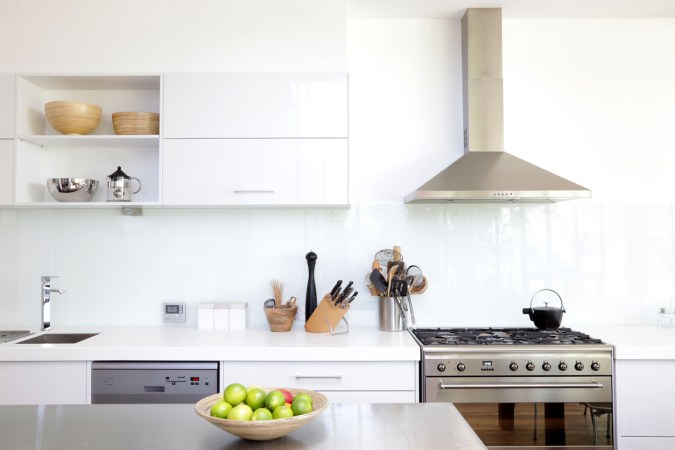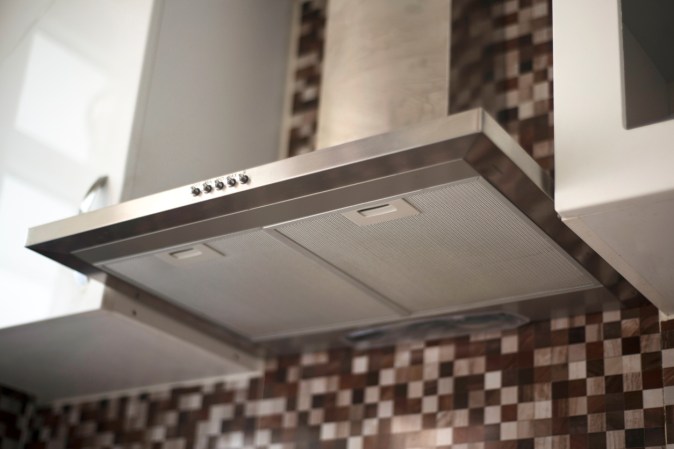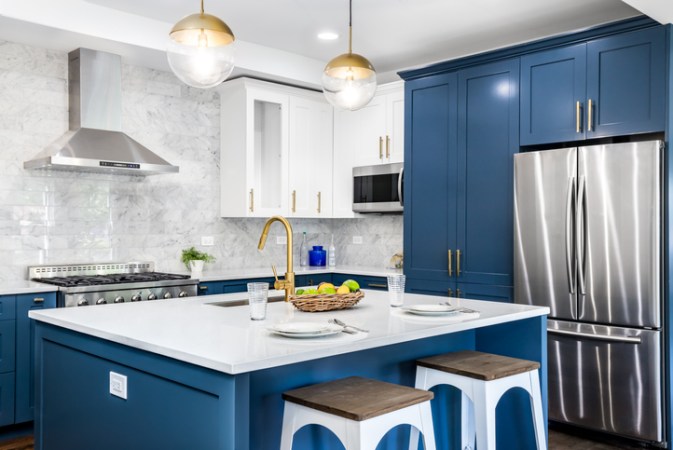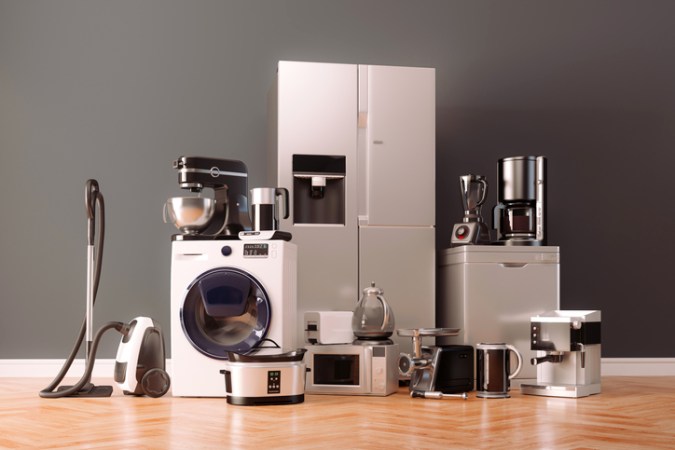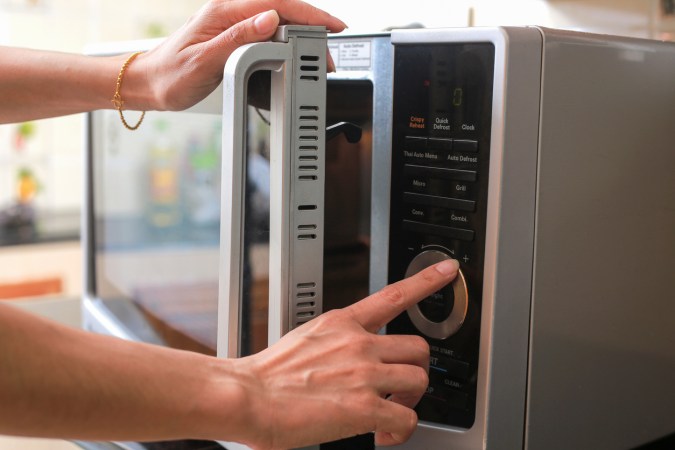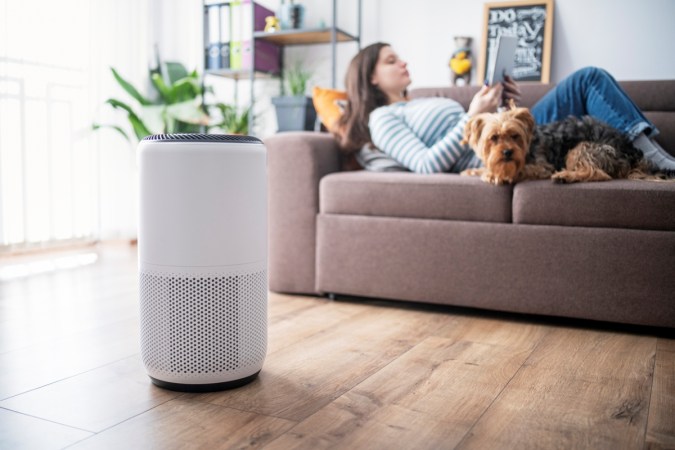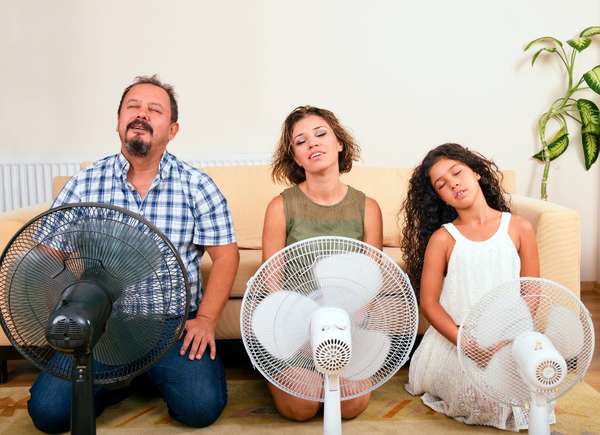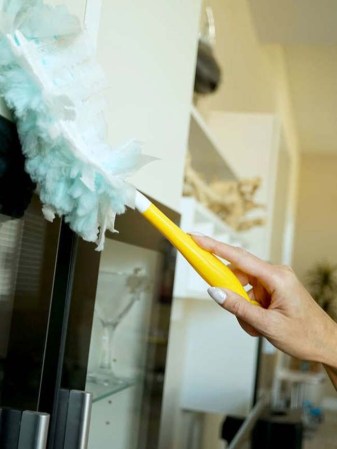We may earn revenue from the products available on this page and participate in affiliate programs. Learn More ›
In most homes, the kitchen is where the action is: It’s where we congregate, and prepare meals in ovens and on cooktops, and using all manner of small appliances. Findings released in a 2022 Harvard T.H. Chan School of Public Health study, however, indicate that the kitchen may not be as safe a space as we had previously thought. The study found that homeowners with gas stoves may be exposing themselves to air pollutants, including benzene, xylene, and hexane, that can raise their risk of a host of health problems including asthma and cancer. In April 2023, New York became the first state to ban installation of gas stoves in new construction buildings by 2026; some California cities are trying to follow suit.
Gas stoves aren’t the only risk to air quality in the kitchen: Fumes produced when engaging in certain methods of cooking, including stir frying and deep frying, can increase the risk of lung cancer no matter which type of stove you have. The good news is that proper use of range hoods and other easily implemented measures can cut toxicity levels significantly. Employ these techniques to bring better kitchen ventilation—and healthier air—into your home.
RELATED: Gas or Electric? Choose Your Next Stove Wisely
1. Turn the range hood on every time you use the stove.
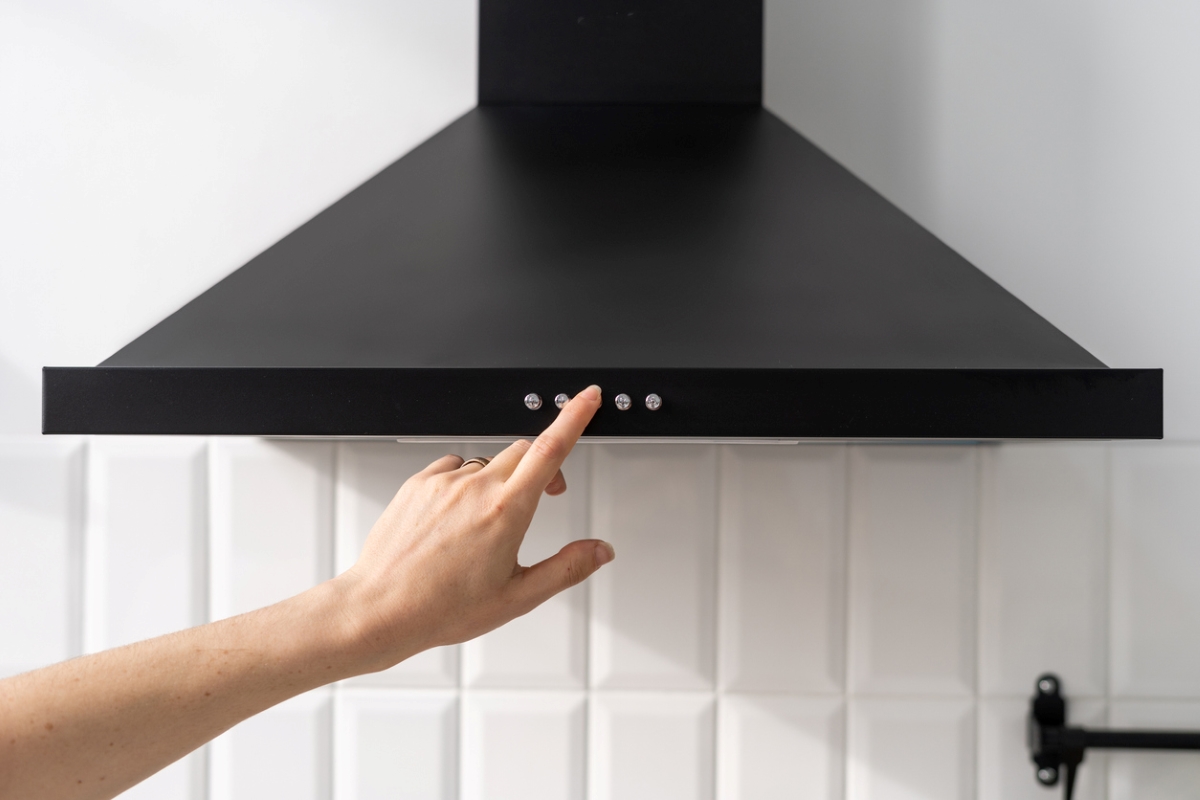
To mitigate odors, improve air circulation, and trap particulates from burned food and greasy cooking, turn the range hood on every time you use the stove—and turn it on when you begin cooking. Don’t wait until after you’re finished cooking to fire up the kitchen exhaust fan.
While we’re making regular range hood use a habit, let’s also make it a habit to maintain the appliance properly so that it functions as it should. If your range hood has a disposable filter, change it at least once a year, more if your stovetop gets heavy use. Metal mesh and baffle filters can be removed and cleaned with dish soap and a wire brush. If you notice a buildup of grease, punctures, warping, or corrosion on the filter, clean or replace it immediately.
RELATED: Solved! What is a Convertible Range Hood?
2. Use a splatter screen.
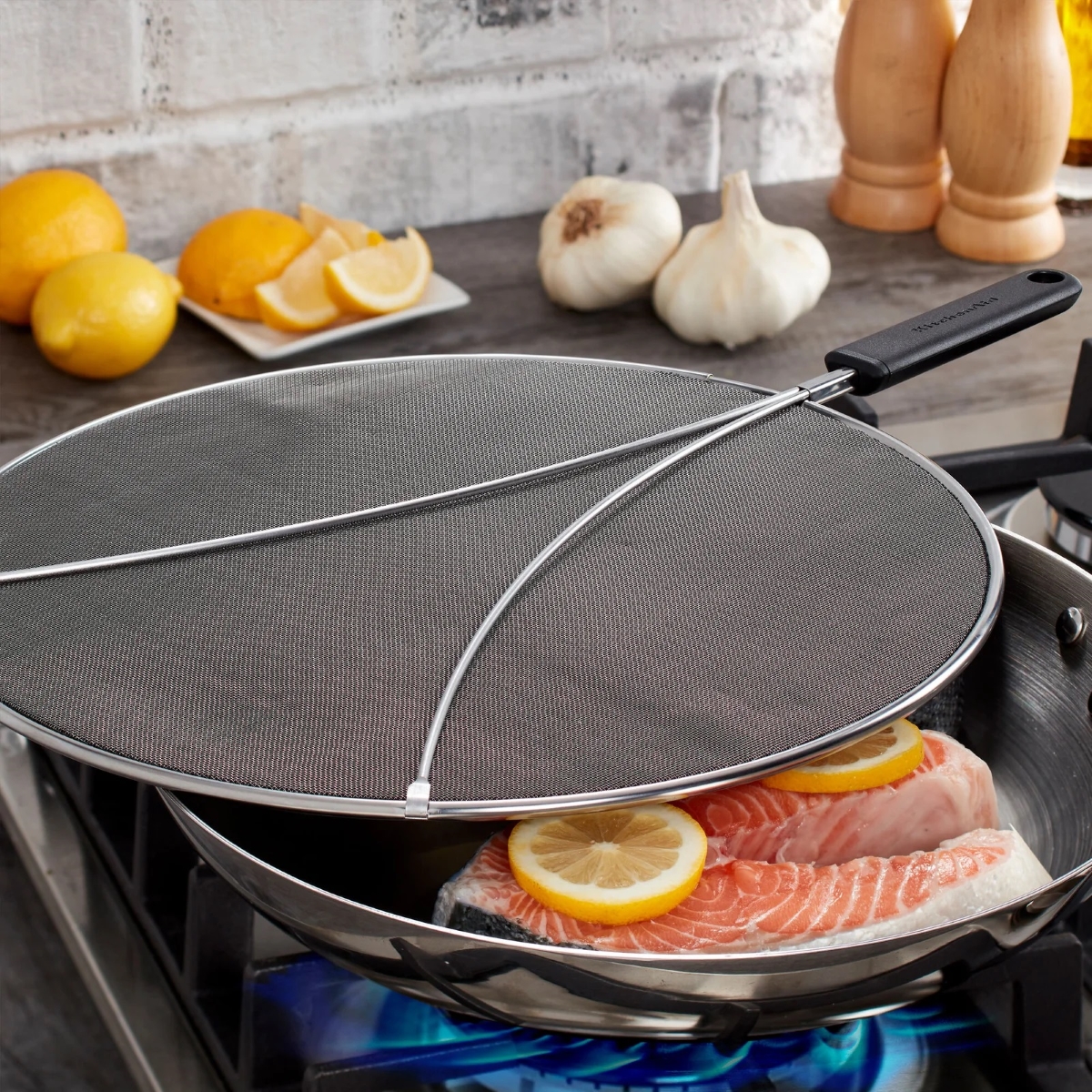
Minimizing grease in the kitchen can reduce airborne, breathable particles and keep cooking smells at bay. Your best weapon in the battle against grease is a splatter screen that has a carbon lining to absorb odors, like KitchenAid’s Gourmet odor-absorbing splatter screen. While many screens are dishwasher safe, they can take up a lot of real estate. All it takes is a sponge and hot soapy water to hand wash this air quality helper.
RELATED: How to Remove Grease From Kitchen Cabinets
3. Air out your kitchen with a fan.
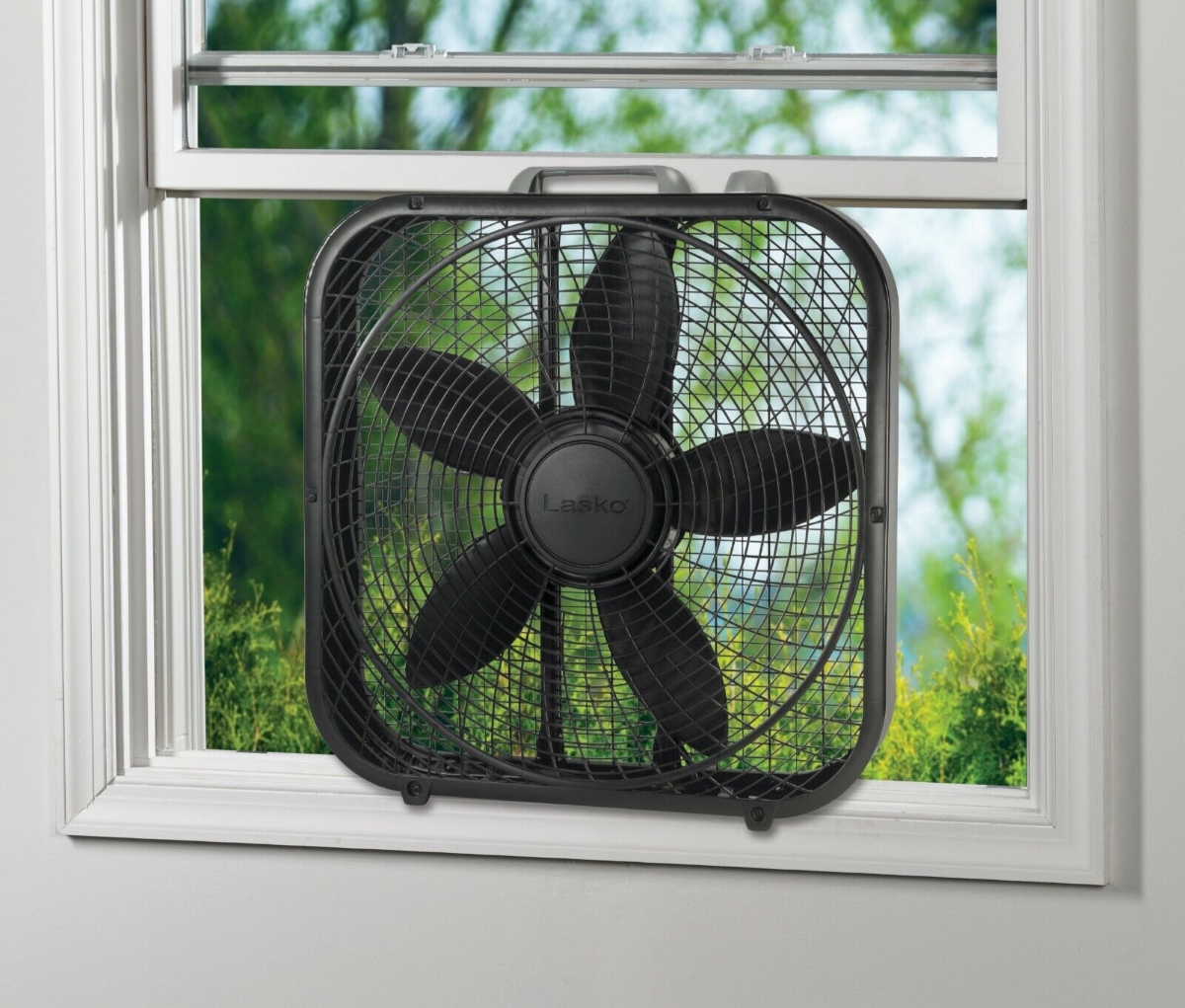
If your kitchen lacks a range hood, fans positioned in or near kitchen windows are the next best options for improving kitchen ventilation. There are all manner of window fans you can buy: Some, like the Bionaire window fan, have two fans in one unit and allow the user to reverse the direction of airflow, pushing stale kitchen air outside.
Putting a basic box fan in your window can also help ventilate your cooking zone, and it helps in much the same way as a window fan. Situate a box fan like the PELONIS 3-speed box fan inside the frame of a kitchen window, and close the window so that it sits snugly against the top of the fan. Block any gaps on the sides of the fan. Be sure to set the blade direction so that the fan blows fresh air into the room while sucking stagnant, smelly air out. If there’s no window in your kitchen, open windows in nearby rooms and bring a fan into the kitchen, positioning it in your doorway, facing out, to suck air from the kitchen. To move air between rooms more efficiently, consider an oscillating fan with an ionizer feature to aid air purification: The oscillation moves the air better, and the ionizer filter traps allergens.
RELATED: Buyer’s Guide: The Best Floor Fans We Tested This Year
4. Plug in a HEPA air purifier.
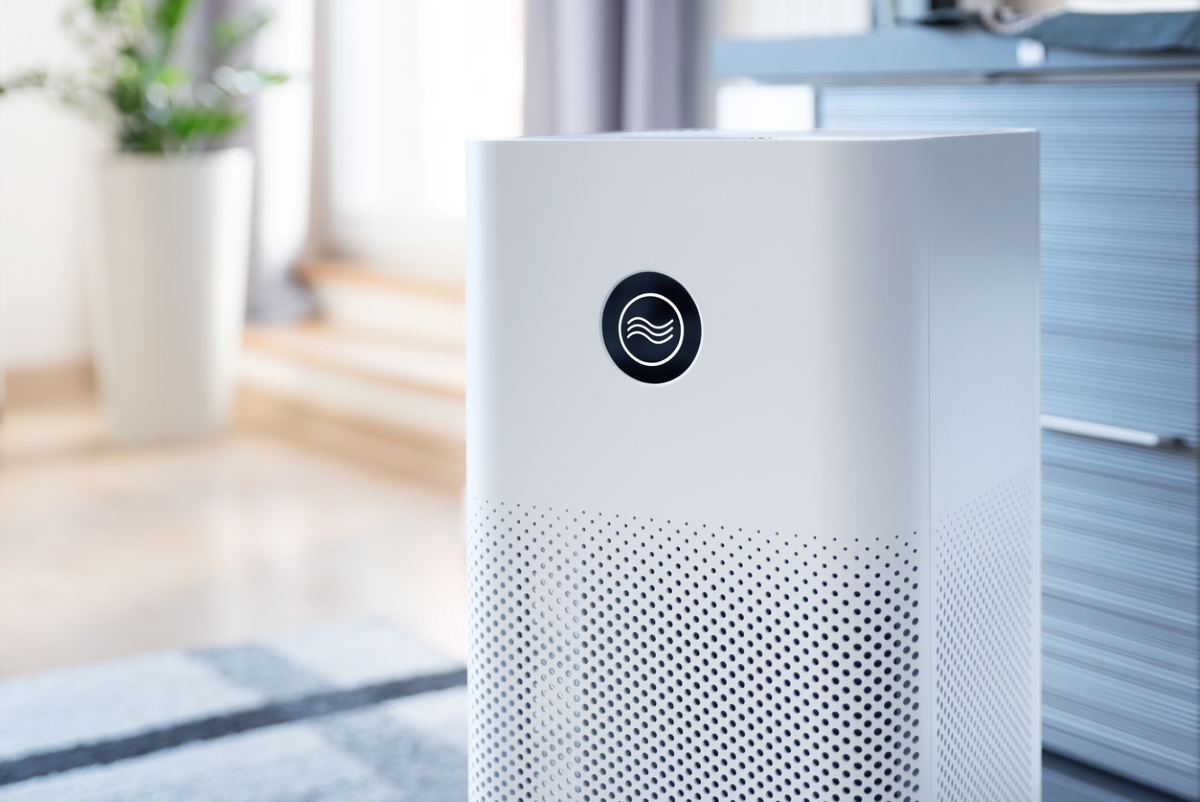
Hospital-quality HEPA-filtered air purifiers clean over 99.7 percent of particulates above 0.3 microns in size. If you’re cooking with gas, or suffer from asthma or other cardiovascular ailments, look for a HEPA filter that’s recommended for multiple chemical sensitivities (MCS) and station it in your cook space in order to improve kitchen ventilation. To ensure that the unit you buy can handle the volume of air in your space, figure out the room’s square footage (multiply length by width) and compare it with the manufacturer’s specifications.
RELATED: How to Test Air Quality in Your Home
5. Open your windows.
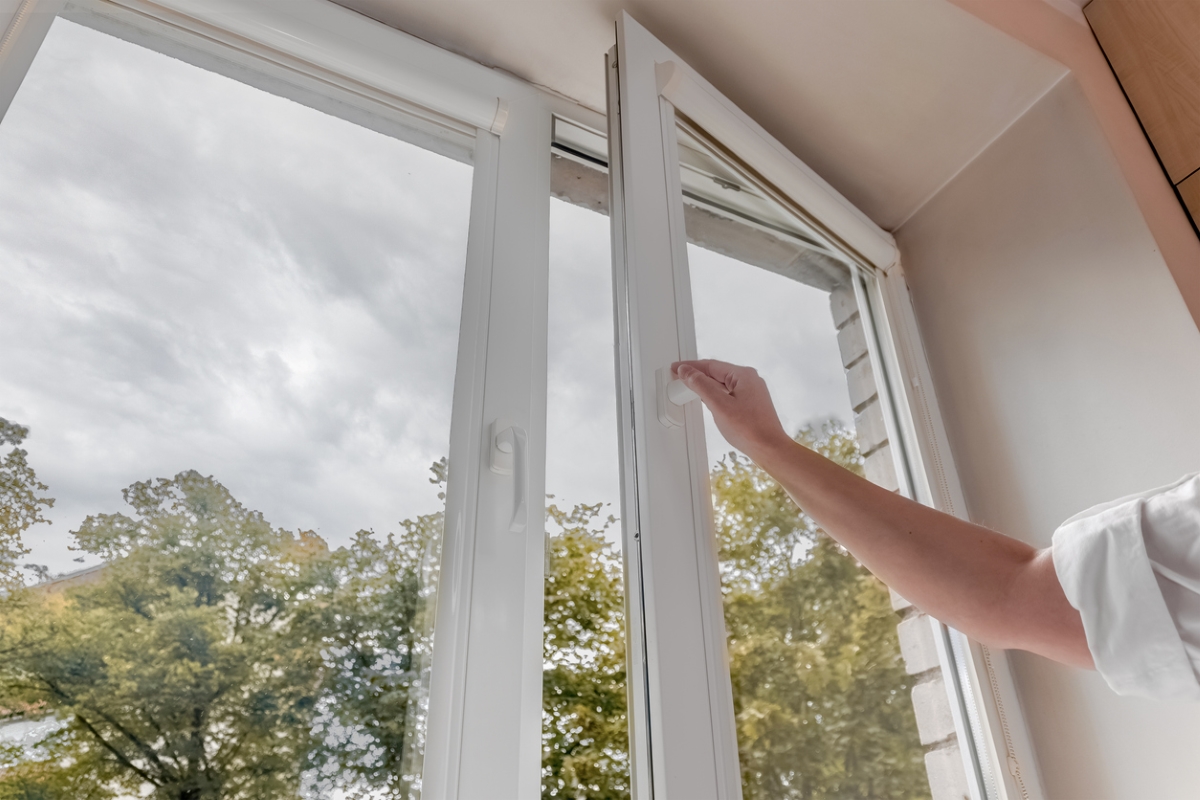
Opening windows brings fresh air into the house, but it’s how you do it that will most impact airflow and, during meal prep, improve kitchen ventilation. You’ll get the best results if you keep interior doors open, and then open a combination of windows and/or exterior doors to create a draft. This way, you ensure the air doesn’t just enter your house, but moves through it to push stagnant, polluted air out.
Ultimately, fresh or filtered air is the best way to battle bad airflow in any kitchen, so avoid the temptation of simply spraying air fresheners to mask odors. These products actually raise pollutant levels without addressing the underlying cause.

